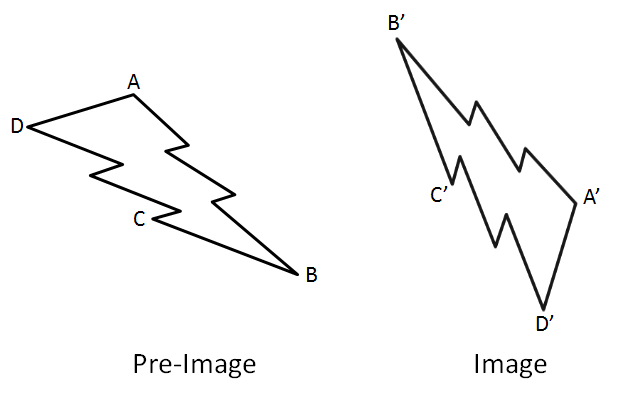

The authors provided an extensive verification procedure, which used as elements the seminal work by Einstein (1950), the original paper by Guo and Julien (2004), and Table 1 in the closure by Guo and Julien (2006). The writers believe that respecting the basics of transparency and reproducibility in modeling prevents claims that cannot be supported by computational results. Specifically, it becomes mandatory to verify and validate the codes. In the numerical solution of any complex hydrological phenomenon-and in general in any modeling activity-special care needs to be taken into consideration to avoid common mistakes.
#SEQUENCE OF TRANSFORMATIONS SOFTWARE#
In the case of the original paper, even though the schemes and implementation were relatively simple, all subroutines were stored as free software in an online repository for anybody to check the work. Before presenting responses to the discussers' commentary, the writers would like to mention a crucial concept that becomes a key component in any computational modeling activity: reproducibility (Leveque 2013 Stodden et al. The writers would be very interested in seeing more efficient methods for the evaluation of these integrals in the near future. In the writers' opinion, the original paper, the discussion, and this closure all show that the subject of Einstein's integrals is still very important, and that it also offers opportunities for sound research. The writers would like to start by sincerely thanking the discussers for their interest in our work. A hybrid fixed-point approach is developed for the computation of regulated equilibrium prices under standard-based policies with non-differentiable regulatory costs, such as the Corporate Average Fuel Economy standards currently active in the U.S.

Modified fixed-point iterations are derived for a number of regulatory policies with differentiable regulatory costs. Finally, we further extend this fixed-point approach to regulated equilibrium pricing problems with regulatory policy forms inspired by those considered for the U.S. Several numerical approaches based on fixed-point characterizations of stationarity are demonstrated to be efficient and reliable methods for the computation of unregulated equilibrium prices in large-scale and complex differentiated product markets. This fixed-point equation is then generalized to the class of Mixed Logit models, one of the most flexible and popular empirical forms for representing consumer demand, under a weak hypothesis on the utility specification and mixing distribution. Our first contribution is a proof of the existence of unregulated equilibrium prices for Logit models using a new fixed-point equation equivalent to the first-order necessary condition for equilibrium, minimal assumptions on the utility specification, and mathematical tools from differential topology. We focus on the classes of Logit and Mixed Logit Discrete Choice Random Utility Models of consumer demand and avoid assumptions on the number or type of products offered by different firms. This dissertation makes three contributions the application of Bertrand competition in regulated differentiated product markets. Examining and exploiting this potential first requires further development of the theory of Bertrand competition. Understanding the impacts of alternative regulatory policies accounting for imperfectly competitive behavior may improve policy makers' decisions regarding regulatory policy, as well as firms' abilities to profitably respond to the policies chosen. However many prominent analyses supporting these reforms neglect aspects of imperfect competition that many economists have come to recognize in the automotive industry, particularly Bertrand competition. Among other concerns related to transportation energy usage, these emissions have motivated policy makers to reform regulatory policies that impact the design and pricing behavior of automotive firms. is widely recognized as a primary source of greenhouse gas emissions.


 0 kommentar(er)
0 kommentar(er)
